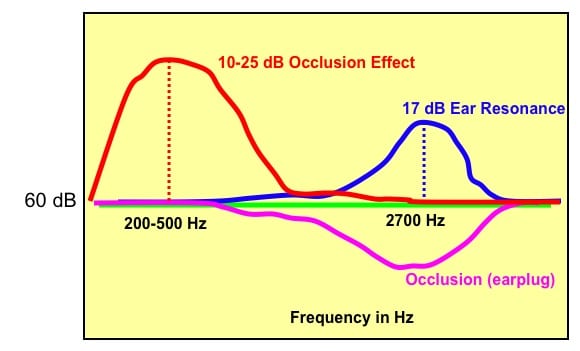Mar. 19, 2013
The Battle of the Sexes Rages on as Professional Wage Gaps Widen
Should female wannabe Audiologists skip years of schooling and expensive AuD programs and go to work at Beltone instead? It’s an unacceptable question in polite Audiology society, but that doesn’t mean it shouldn’t be asked. With AAA just around the corner, it seems like a good time to start this discussion. Oddly, my fellow editor David Kirkwood had thoughts











